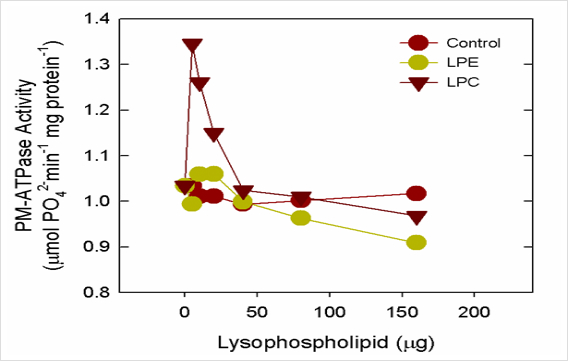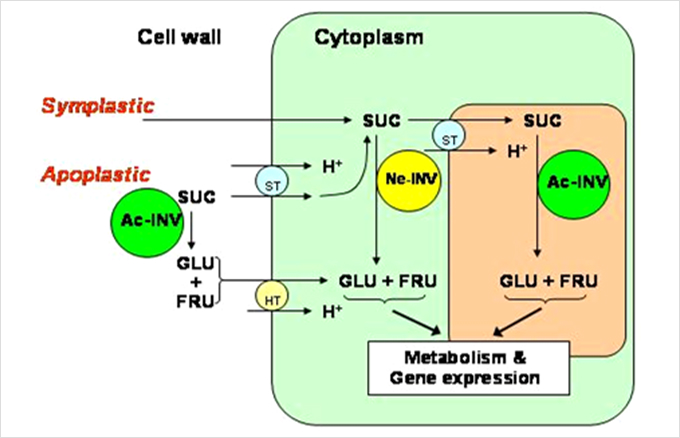What is Phospholipid?
Phospholipid is a major constituent of biological membranes along
with glycolipids, cholesterol, and proteins, and is a type
of lipid containing phosphorus. Phospholipids play an important role
in all biological functions by stabilizing
the membrane
structure through interaction with other lipids and proteins. In
addition, phospholipids play an important
role in the movement and metabolism of water-insoluble hormones and
lipid components, and are widely
used in agriculture, health
food, and cosmetics.
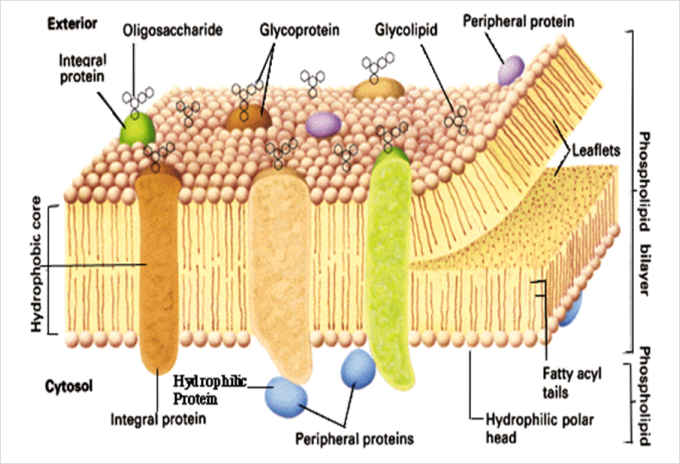
Cell Membrane

Phospholipid
What is Lysophospholipid?
It is a monoacylglycerophospholipid from which one or two fatty
acids have been removed from glycerophospholipids
by the action of snake venom or pancreatic phospholipase A.
Lysophospholipid exist in nature only in small quantities. It is
called ‘lyso’
(a prefix meaning ‘dissolves’) because it
exhibits strong hemolytic properties against red blood cells. The
main components of
lysophospholipids are
lysophosphatidylcholine(LPC), lysophosphatidylethanolamine(LPE),
lysophosphatidylic acid(LPA),
and lysophosphatidylserine(LPS), among which LPE plays an important
role in plant growth control.
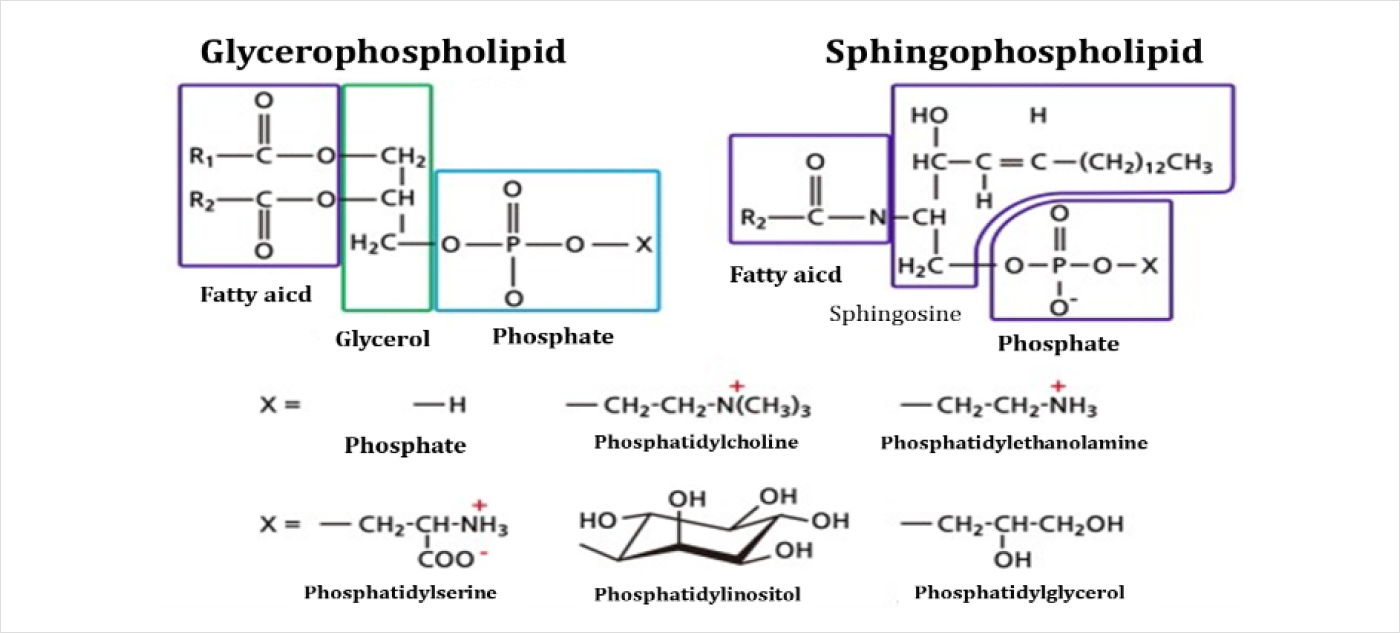
Lysophospholipid
What is LPE?
Natural Lysophosphatydlethanolamine(LPE) present in all cell
membranes, it is a cellular signal transduction messenger and a
common phospholipid in egg yolk and soy lecithin. LPE had been
tested in the field of cranberry with Ethephon to improve
permeability, since the fruit had very thick waxy cuticle. During
the field trials, unexpected result was found. Naturally
occurring compound LPE can accelerate the ripening process.
From this unbelievable discovery, further intensive
investigation has been followed to establish the physiology of
LPE and more potent formulations have been developed.
Lysophosphatidylethanolamine
Physiological Efficacy of LPE
 Stimulation of ripening in
fruits and vegetables; enhancing color; improvement of quality
Stimulation of ripening in
fruits and vegetables; enhancing color; improvement of quality
 Increase in size in crops;
Increase in yield ; prevention of cold-weather damage
Increase in size in crops;
Increase in yield ; prevention of cold-weather damage
 Enhancement of the
conservation of harvested crops; extending storability in fruits,
vegetables and cut-flowers
Enhancement of the
conservation of harvested crops; extending storability in fruits,
vegetables and cut-flowers
 Sugar metabolism induced by
mineral uptake and active photosynthesis can be affected by LPE
Sugar metabolism induced by
mineral uptake and active photosynthesis can be affected by LPE

Schematic Diagram of Mode of Action
LPE can affect to plant hormones, enzymes, and genes.
The
effects with LPE application may seem to be regulated by such
biological factors, and induced from signaling cascades.
LPE does not impact activity of plasma membrane H+-ATPases
Ethylene synthesis and metabolism: Methionine is a precursor of
ethylene.
ACC synthesis in the biosynthesis pathway of ethylene is a rate
limiting step.
Genetic and molecular analysis was performed to investigate the
effects of
LPE at this stage. LPE processing involves a gene related to
ethylene synthesis
Not only can it be induced, but it actually affects ethylene
production.
Implications of LPE as a Plant Growth Regulator
LPE affects acid invertase which is a key enzyme participating
in sugar metabolism.
▶LPE is taken up and distributed within organs and interacts
with established signaling cascades
▶LPE effects are manifest as changes in physiology and
metabolism
(e.g. cell elongation, delayed senescence and oxidative stress
protection, enzyme activity)
▶LPE action impacts auxin/cytokinin-induced turgor-driven
changes in cell and organ expansion growth
As a result, by treating LPE during crop growth, benefits
such as increased fruit size,
increased yield, improved
sugar content, improved coloration, and improved shelf life can
be
obtained. In addition, consumers can enjoy the pleasure
of consuming high-quality agricultural products.




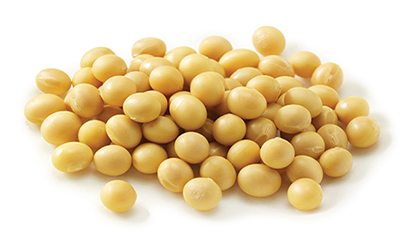

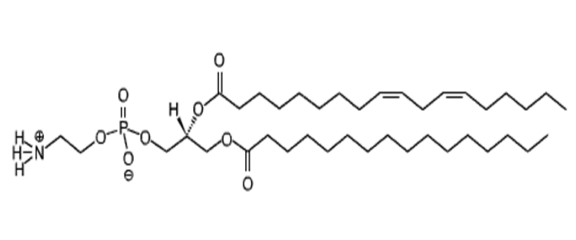
 Stimulation of ripening in
fruits and vegetables; enhancing color; improvement of quality
Stimulation of ripening in
fruits and vegetables; enhancing color; improvement of quality


